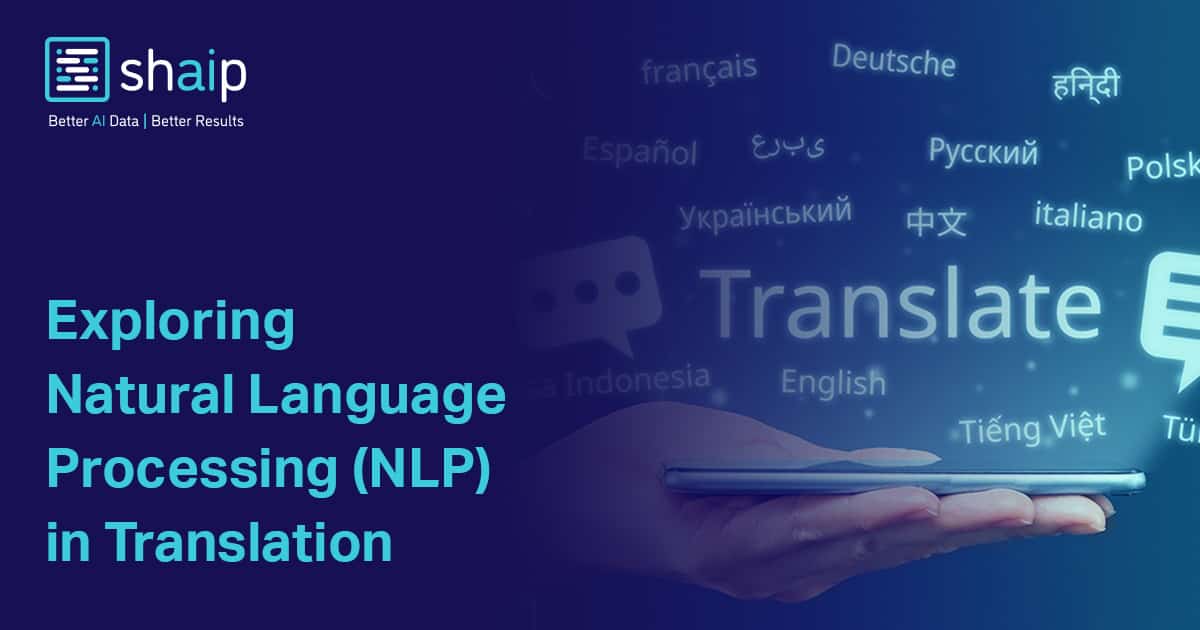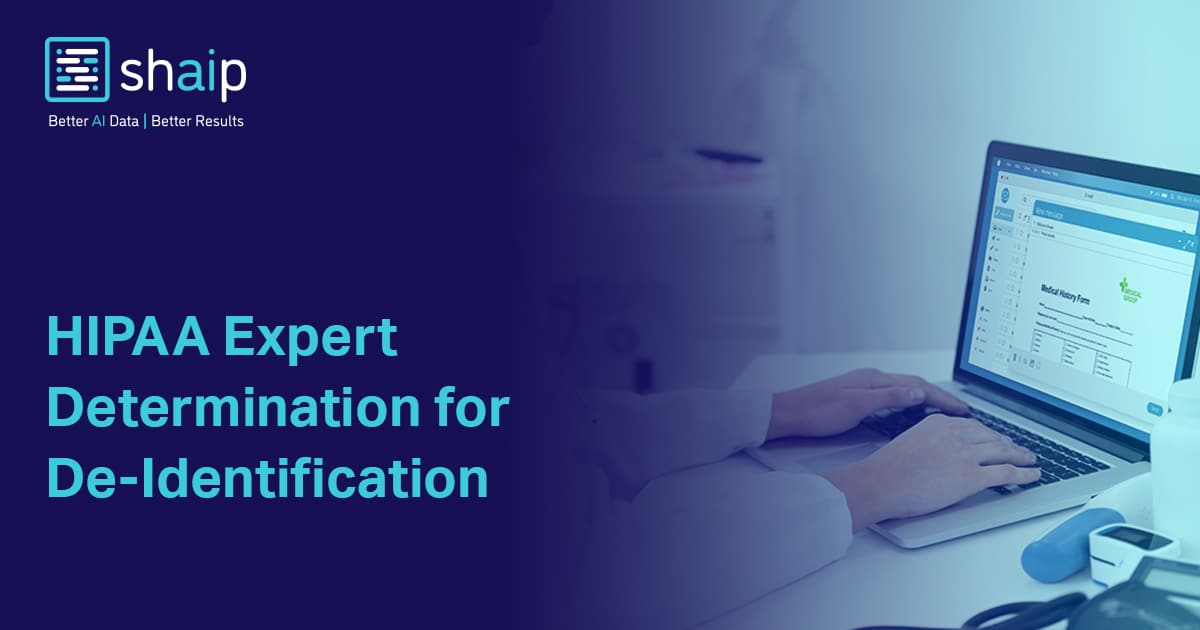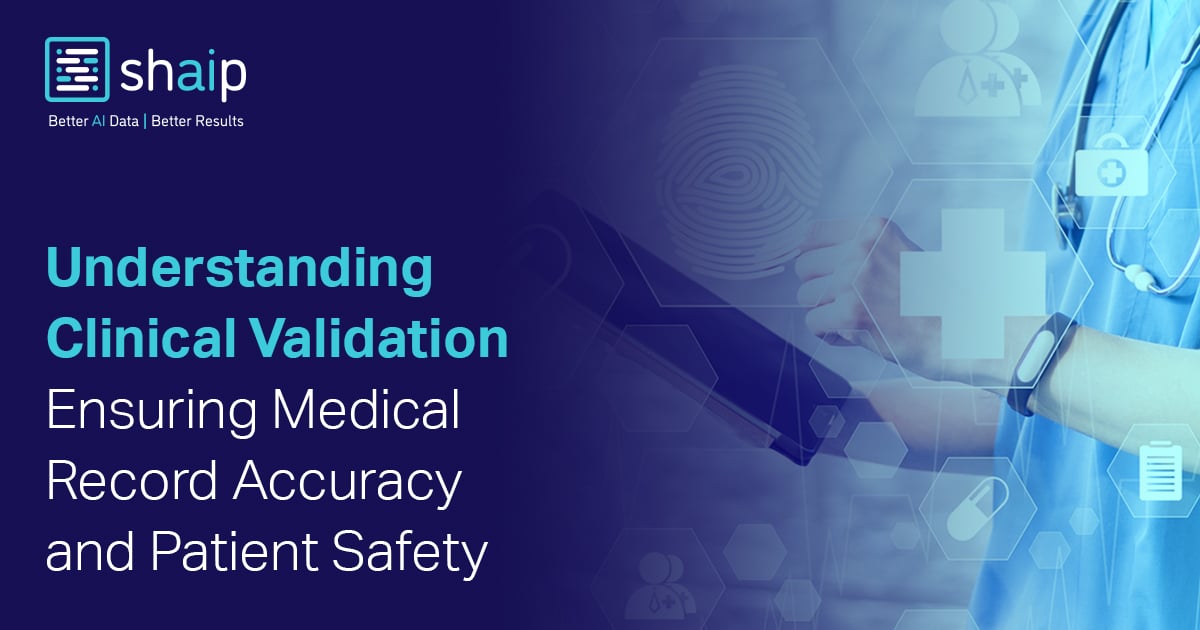
[ad_1]
The Goal
You need to first define the goals of your machine learning and artificial intelligence concepts.
- What are the reasons for implementing these in your company?
- Are they solving a problem in the real world that you customers face?
- Do they have any backend or frontend processes?
- Will you be using AI to optimize or introduce new features on your current website, mobile app, or module?
- What does your competitor do in your sector?
- Are there enough AI use cases to warrant AI intervention?
Answers to these will collate your thoughts – which may currently be all over the place – into one place and give you more clarity.
AI Data collection / licensing
AI models require only one element for functioning – data. It is important to know where massive amounts of data can be generated. A data annotation tool is necessary if you generate large volumes of information that needs to processed and analyzed for vital insights into your business. This could be competitor research, analysis of market volatility, study on customer behaviour, etc. However, it is important to consider how much data your business generates. As we have already mentioned, the AI model’s effectiveness is directly related to how much and what kind of data is being fed into it. Your decisions must always depend on the quality and quantity of data.
In the event that you lack the necessary data set to train your machine learning models, vendors may be able to help. These companies can assist you in obtaining the licenses for the required data. Some vendors will bring both their technical skills and access to the resources they need for project success.
Budget
A fundamental factor that influences all the factors we’re discussing is budget. When you know if your budget is sufficient, you can easily decide whether to build or purchase a data annotator.
Compliance Complexities

 Vendors are a great resource when it comes time to protect sensitive data and ensure privacy. These types of cases involve a healthcare business or hospital that wishes to use machine learning, but without compromising its HIPAA compliance and other privacy regulations. Laws like the European GDPR tighten control over data sets and require more vigilance from corporate stakeholders.
Vendors are a great resource when it comes time to protect sensitive data and ensure privacy. These types of cases involve a healthcare business or hospital that wishes to use machine learning, but without compromising its HIPAA compliance and other privacy regulations. Laws like the European GDPR tighten control over data sets and require more vigilance from corporate stakeholders.
Manpower
Data annotation is a complex task that requires skilled personnel to complete, regardless of size and scope of your company. You need to hire data analysts even if your business generates the bare minimum of data each day. You need to determine if your company has the necessary manpower. If so, do you know if they are skilled in the tools and techniques required or do they require upskilling. You need to know if you can afford the training.
Moreover, the best data annotation and data labeling programs take a number of subject matter or domain experts and segment them according to demographics like age, gender and area of expertise – or often in terms of the localized languages they’ll be working with. Shaip’s focus is on getting the best people into the most appropriate seats to ensure that your programmatic initiatives are successful.
Small and Large Project Operations, Costs and Thresholds
Many times, vendors can provide more support for small projects or phases of a project. The company will benefit when the cost is controlled and can outsource data annotation projects or data labels to be more efficient.
Companies can also look at important thresholds – where many vendors tie cost to the amount of data consumed or other resource benchmarks. As an example, suppose a company hired a vendor to perform the laborious data entry needed for creating test sets.
In some agreements, there may be an unstated threshold whereby, for instance, a business partner must purchase another AWS block or other services from Amazon Web Services or a third party vendor. The customer pays for it in higher prices, which puts them out of reach.
This is where metering services from vendors will help you keep costs down. The right scope will help to ensure project costs don’t exceed the reasonable and feasible budget for your firm.
Open Source Alternatives and Freeware

 As an alternative to using a vendor to support your data annotation and labeling project, you can use open-source, freeware or other software. This is a middle-ground where companies can avoid creating everything from scratch while also avoiding relying on commercial vendors.
As an alternative to using a vendor to support your data annotation and labeling project, you can use open-source, freeware or other software. This is a middle-ground where companies can avoid creating everything from scratch while also avoiding relying on commercial vendors.
The do-it-yourself mentality of open source is itself kind of a compromise – engineers and internal people can take advantage of the open-source community, where decentralized user bases offer their own kinds of grassroots support. It won’t be like what you get from a vendor – you won’t get 24/7 easy assistance or answers to questions without doing internal research – but the price tag is lower.
So, the big question – When Should You Buy A Data Annotation Tool:
As with many kinds of high-tech projects, this type of analysis – when to build and when to buy – requires dedicated thought and consideration of how these projects are sourced and managed. Most companies are faced with a challenge when deciding to “build” AI/ML project. It’s more than just the construction and development of the system. Even to reach the stage where AI/ML can actually be developed, there is a steep learning curve. The number of unknown unknowns is far greater than the known unknowns with new AI/ML initiatives and teams.
| Build | Buy |
|---|---|
|
Pros:
|
Pros:
|
|
Cons:
|
Cons:
|
Take a look at the following factors to make your life easier:
- When you have to deal with massive amounts of data
- When you use diverse types of data
- When the functionality associated with your solutions or models could evolve or change in the future
- If you’re working with vague or generic cases
- You need to have a good idea of the cost involved in using a data annotator tool
- If you are looking for an easy learning curve and don’t possess the necessary workforce, or experts who can work with the tool
Your tool should be built if you answered in the opposite direction to what these scenarios suggest.
[ad_2]




